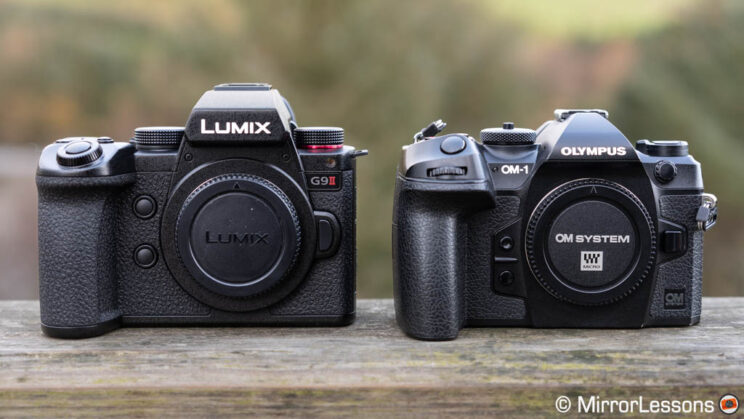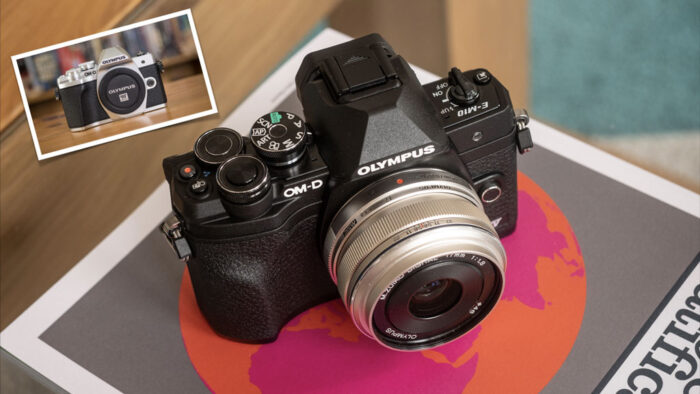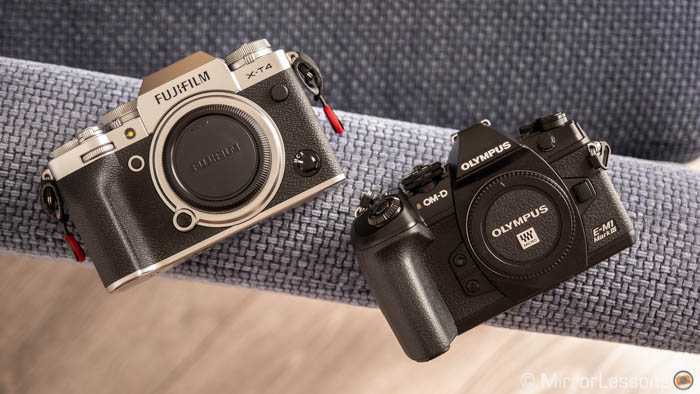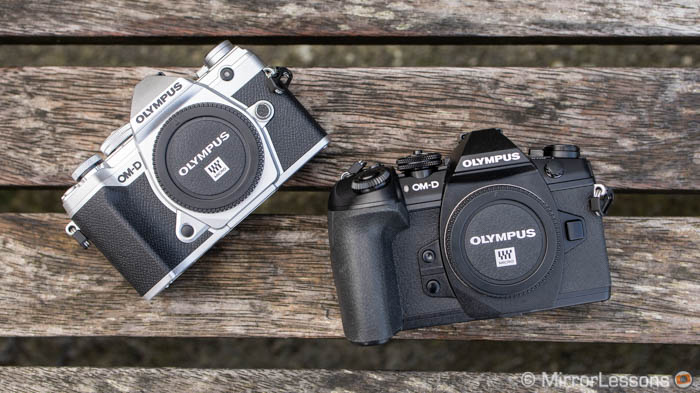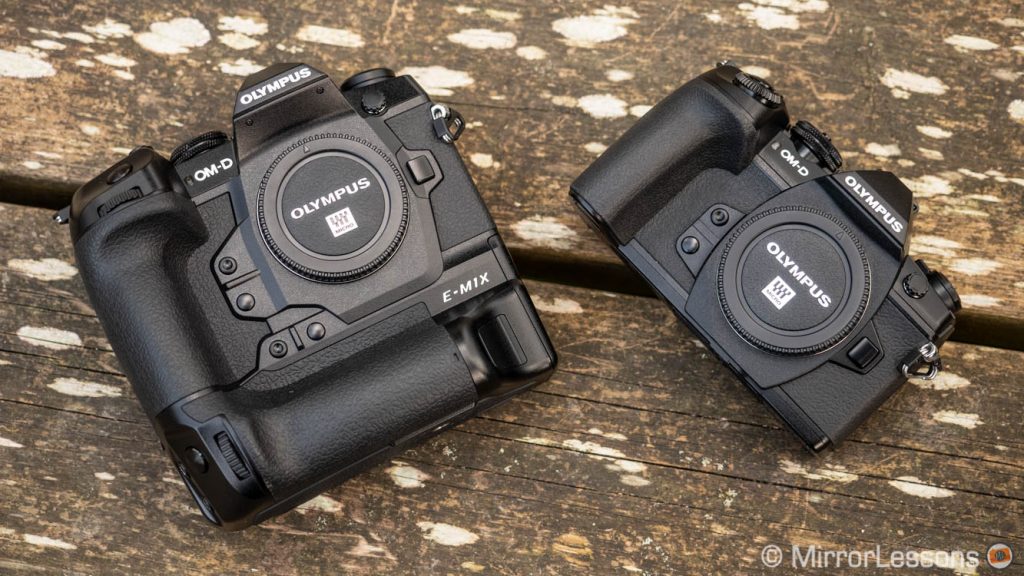The E-M10 series is the entry level segment in the Olympus OM-D range and has been popular since the introduction of the original E-M10 in 2014 thanks to the fair price and rich range of features.
Over the years, Olympus has streamlined the camera to make it more beginner friendly, but without making substantial improvements when it comes to performance or image quality.
The E-M10 mark IV is a breath of fresh air in this regard thanks to its a new sensor, an updated AF algorithm and a few other changes. Let’s see how it compares to its predecessor.

